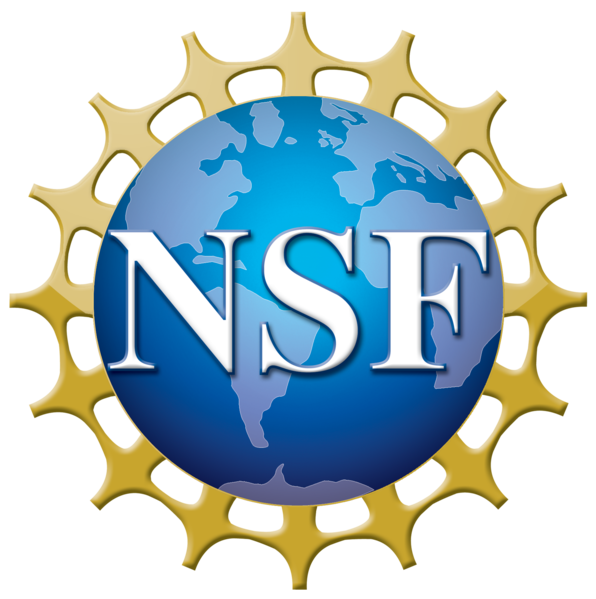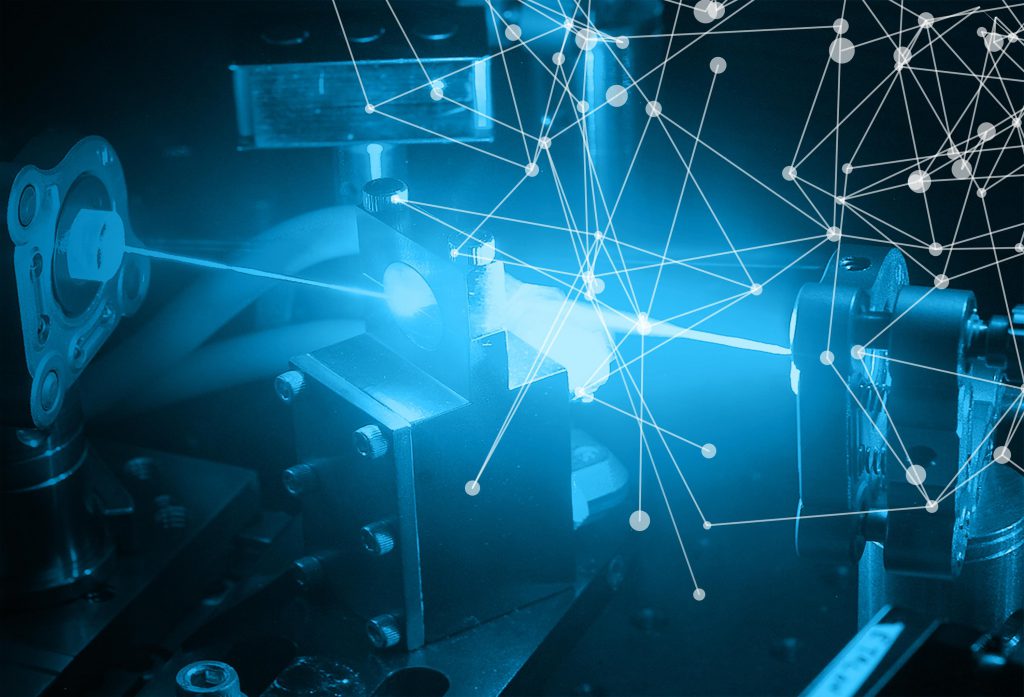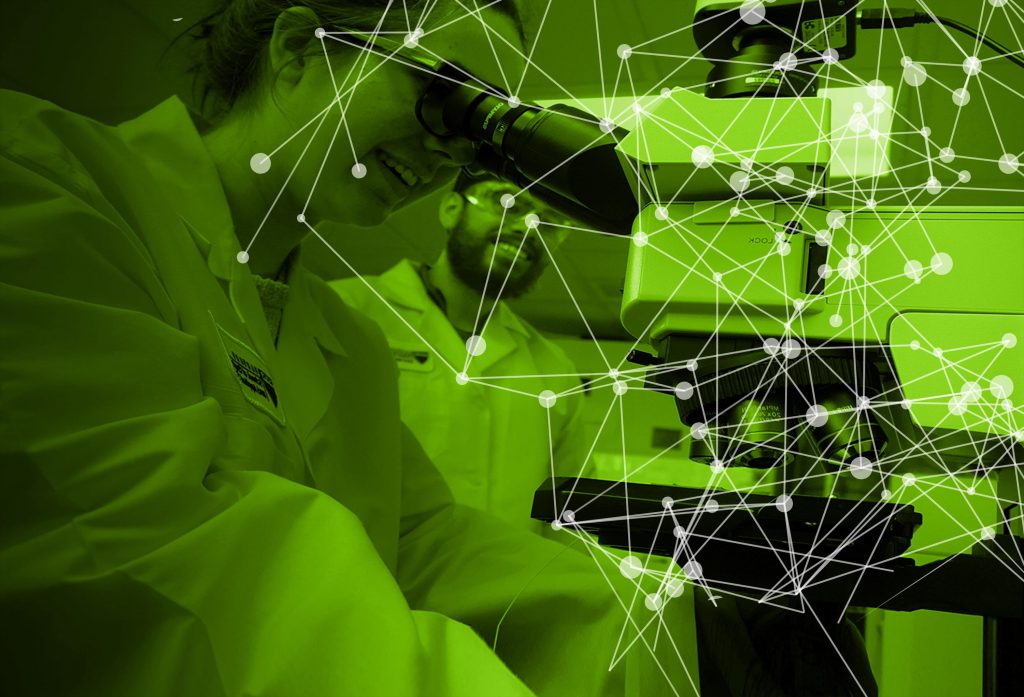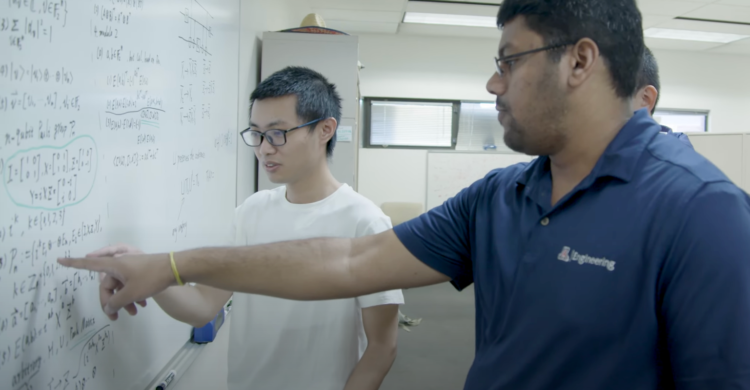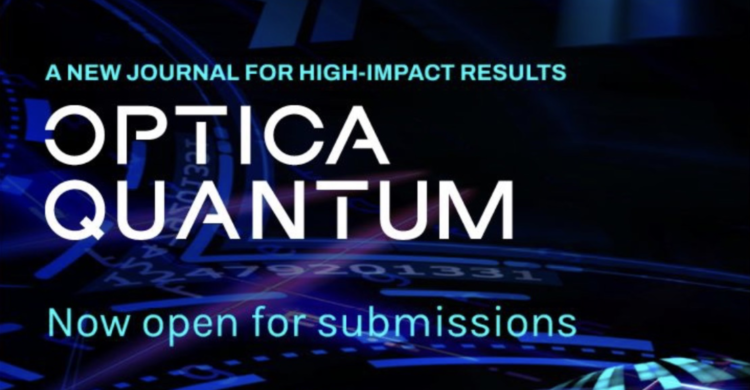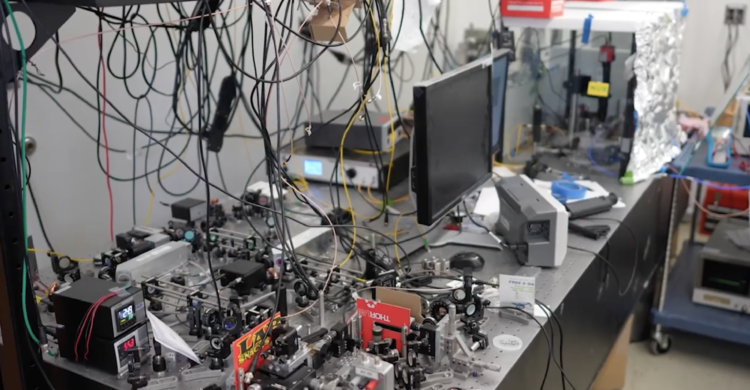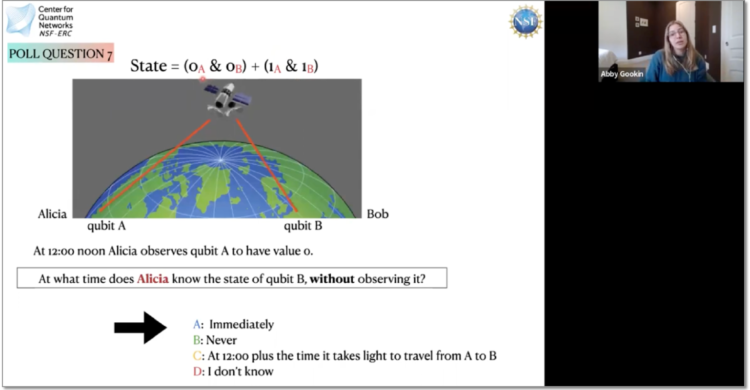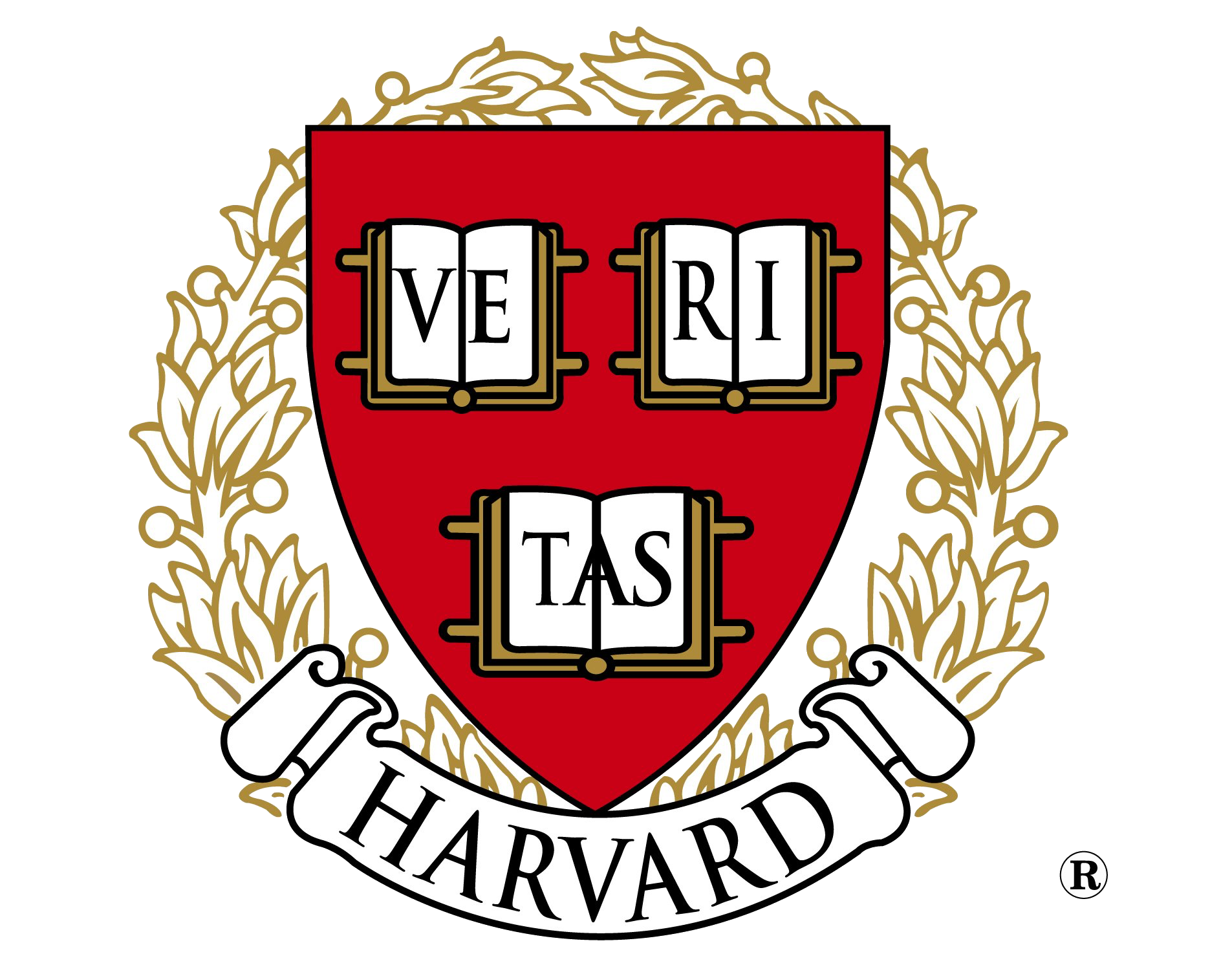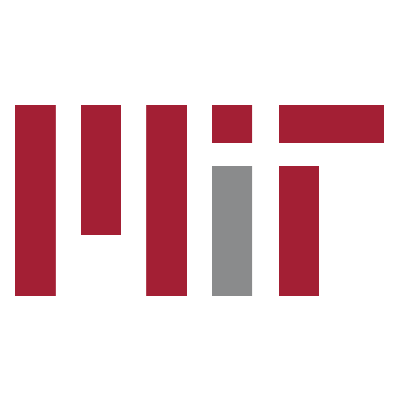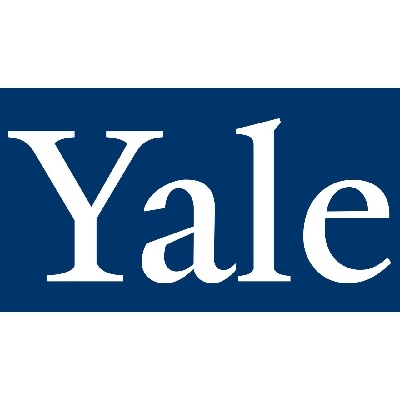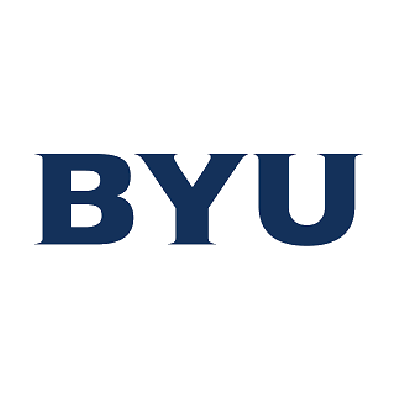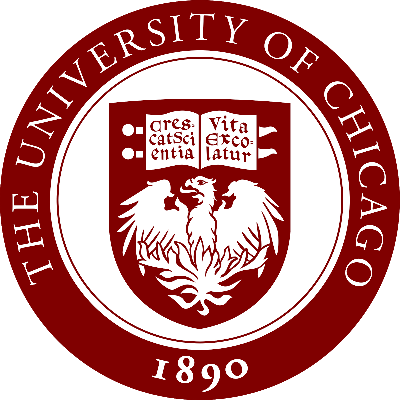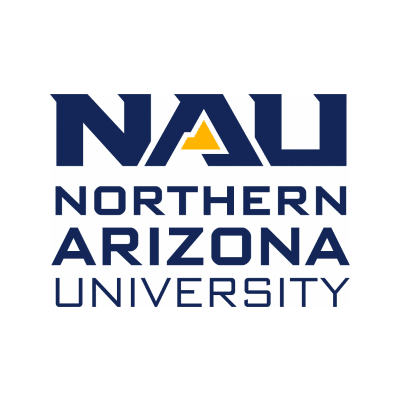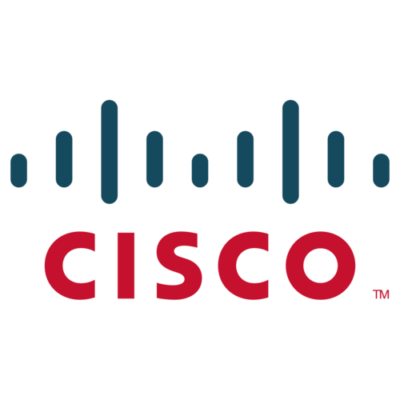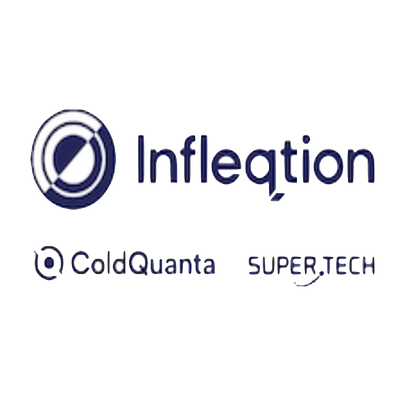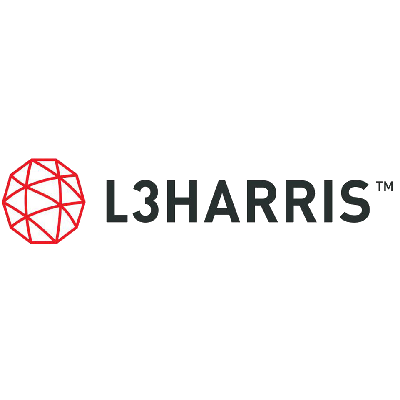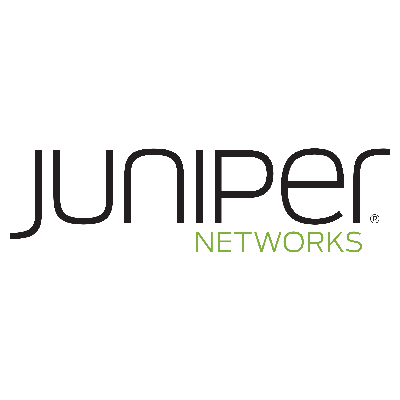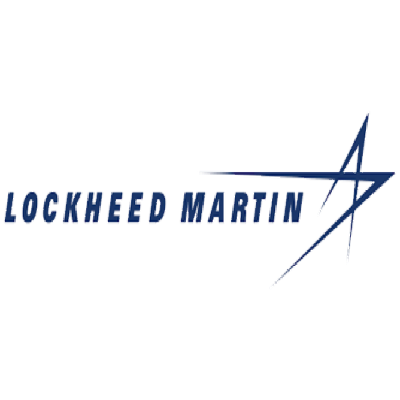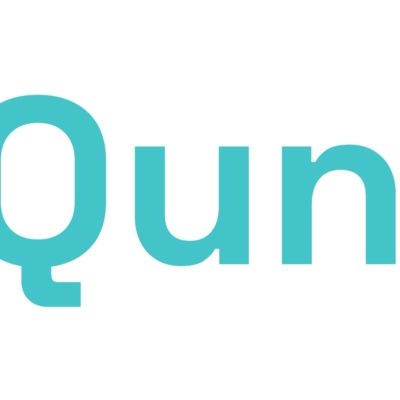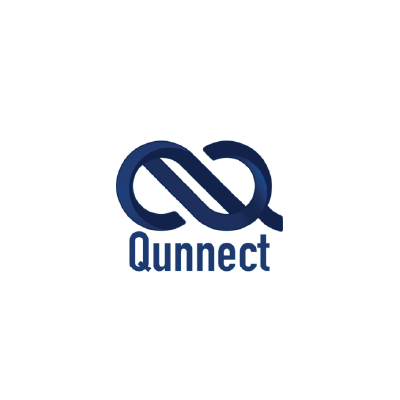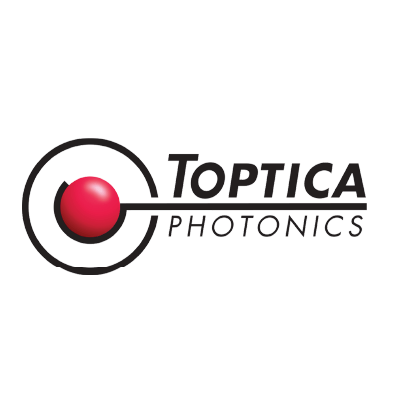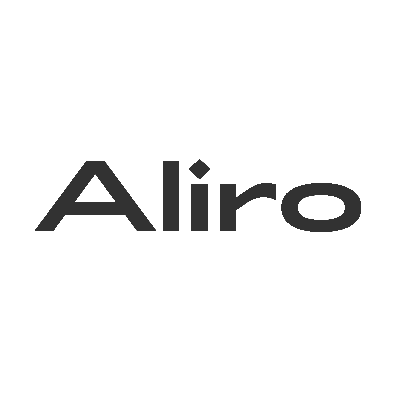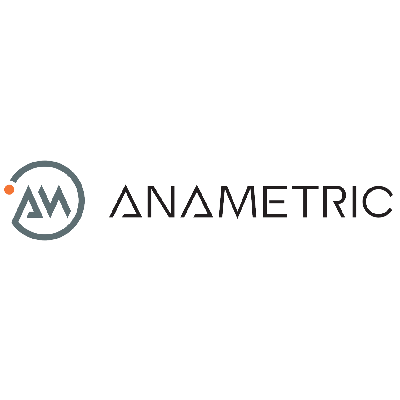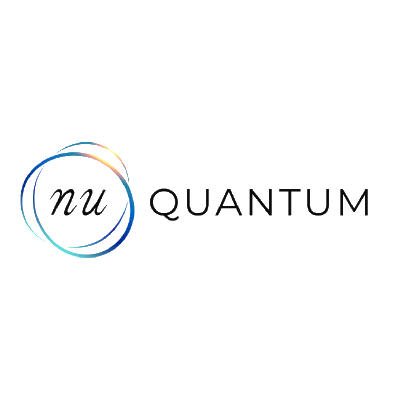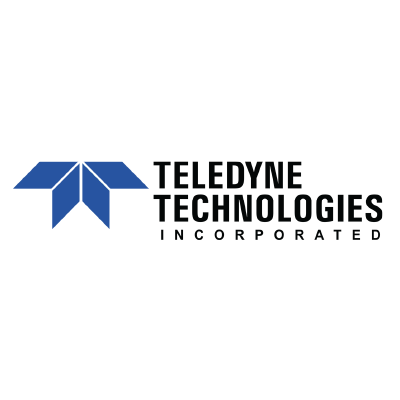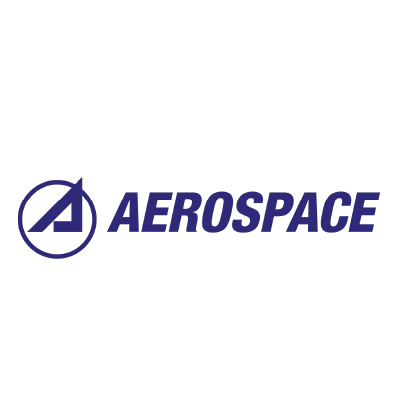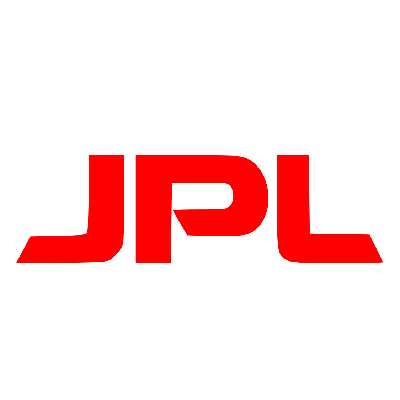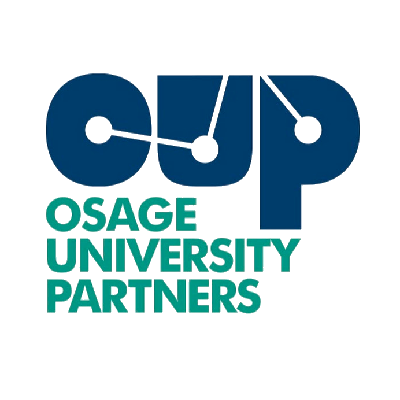Multiplexed bi-layered realization of fault-tolerant quantum computation
over optically networked trapped-ion modules
- Nitish K. Chandra
- Saikat Guha
- Kaushik P. Seshadreesan
We study an architecture for fault-tolerant measurement-based quantum
computation (FT-MBQC) over optically-networked trapped-ion modules. The
architecture is implemented with a finite number of modules and ions per
module, and leverages photonic interactions for generating remote entanglement
between modules and local Coulomb interactions for intra-modular entangling
gates. We focus on generating the topologically protected
Raussendorf-Harrington-Goyal (RHG) lattice cluster state, which is known to be
robust against lattice bond failures and qubit noise, with the modules acting
as lattice sites. To ensure that the remote entanglement generation rates
surpass the bond-failure tolerance threshold of the RHG lattice, we employ
spatial and temporal multiplexing. For realistic system timing parameters, we
estimate the code cycle time of the RHG lattice and the ion resources required
in a bi-layered implementation, where the number of modules matches the number
of sites in two lattice layers, and qubits are reinitialized after measurement.
For large distances between modules, we incorporate quantum repeaters between
sites and analyze the benefits in terms of cumulative resource requirements.
Finally, we derive and analyze a qubit noise-tolerance threshold inequality for
the RHG lattice generation in the proposed architecture that accounts for noise
from various sources. This includes the depolarizing noise arising from the
photonically-mediated remote entanglement generation between modules due to
finite optical detection efficiency, limited visibility, and the presence of
dark clicks, in addition to the noise from imperfect gates and measurements,
and memory decoherence with time. Our work thus underscores the hardware and
channel threshold requirements to realize distributed FT-MBQC in a leading
qubit platform today — trapped ions.
